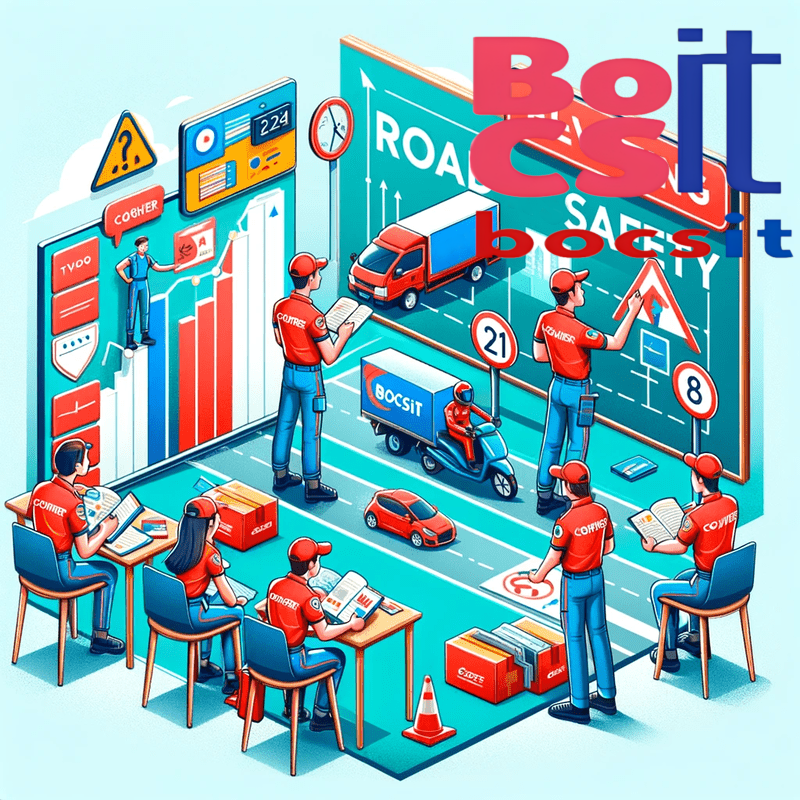Elevating Road Safety: The Impact of Education on Driver Behavior

The Foundation of Safe Driving: Education
At its core, driver safety education is not just about learning the rules of the road; it's about building a foundation of responsible driving habits from the start. By integrating comprehensive educational programs into the driver licensing process, we can ensure that every driver has the knowledge and skills necessary to navigate the roads safely. These programs cover a range of crucial topics, from traffic laws and vehicle operation to defensive driving techniques and the dangers of impaired or distracted driving.
Continuous Learning: The Key to Adapting to Changing Roads
Road conditions, traffic laws, and vehicle technologies are constantly evolving. As such, driver education shouldn't stop with a license. Continuing education courses and refresher programs play a critical role in keeping drivers informed about new regulations, road safety measures, and advances in vehicle safety features. This ongoing learning process helps drivers adapt to changes and reinforces the importance of safe driving practices.
The Role of Technology in Driver Education
In the digital age, technology has opened up new avenues for driver education. Online courses, driving simulators, and mobile apps offer accessible and interactive learning tools that cater to the modern learner. These technologies can simulate a variety of driving conditions and scenarios, providing learners with valuable practice in a safe, controlled environment. Moreover, they allow for personalized learning experiences, ensuring that drivers can focus on areas where they need the most improvement.
Cultivating a Culture of Safety Through Awareness
Education extends beyond formal training and encompasses awareness campaigns aimed at the general public. These campaigns address critical issues like the consequences of drunk driving, the importance of seatbelt use, and the risks associated with distracted driving. By raising awareness and shifting public attitudes, these initiatives complement formal education programs and contribute to a broader culture of road safety.
Empowering Young Drivers
Young drivers represent a significant portion of those involved in road accidents. Tailoring education programs to this demographic can address their specific risks and challenges. Programs focusing on peer pressure, speeding, and the responsibilities of sharing the road can have a profound impact on young drivers' behavior. By engaging them through schools, community centers, and social media, we can instill safe driving habits that last a lifetime.
The Impact of Education on Reducing Road Accidents
Evidence shows that comprehensive driver education and ongoing learning initiatives can lead to a decrease in road accidents. Drivers who have undergone thorough training are more likely to engage in safe driving behaviors and less likely to be involved in collisions. As such, investing in education is not only a matter of individual safety but also a public health priority with the potential to save countless lives.
Conclusion: Steering Towards a Safer Future
The role of education in promoting driver safety is undeniable. By laying a strong foundation of knowledge and skills, encouraging continuous learning, and fostering a culture of safety, we can significantly reduce the number of road accidents. It's a collaborative effort that requires the involvement of governments, educational institutions, communities, and drivers themselves. Together, we can steer towards a future where the roads are safer for everyone.


















